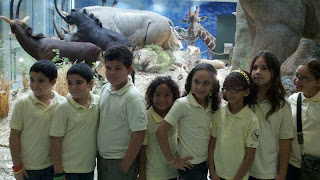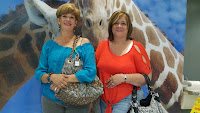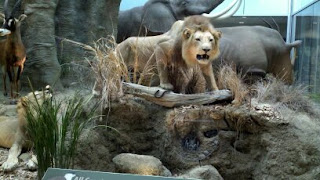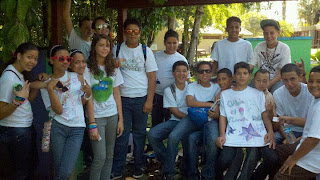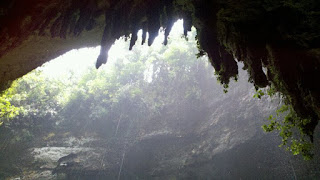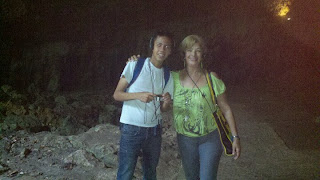On Wednesday May 23, 2012 the Talented Students from our school S. U. José A. Vargas were taken to the new Museo de Vida Silvestre (or Wildlife Museum) in San Juan that allows people to see what all sorts of wild animals from around the world look like. It is filled with a variety of mounted animals in displays that depict their natural origin and behavioral habits.
The museum itself is not that large, but it is well done and presented. The ground floor has its main feature a 2-story Tree of Life display featuring a huge Baobab tree, along with the many animals that depend on the tree for water and food. All sorts of wonderful animals are set there. It is amazing to see how long a giraffe’s legs are!The second floor is divided into the 12 biomes (environments) that are found throughout the world. As you walked from biome to biome, the dioramas of animals and plant life changed. It was really good. I thought the artificial snow and water used in the displays was really lifelike.
You can walk around on your own, reading the information and really looking at the dioramas. There are English/Spanish bilingual signs at each display describing the animals and their habitat. But do not miss the guided tour. They have 6 educators on staff, and they are able to offer tours in Spanish, English and 3 additional languages. It was really good, and well worth the hour or so that it took.

